Robot vacuum vs cordless vacuum: which vacuum cleaner is more effective
We look at whether robot or cordless vacuums are the better way to go
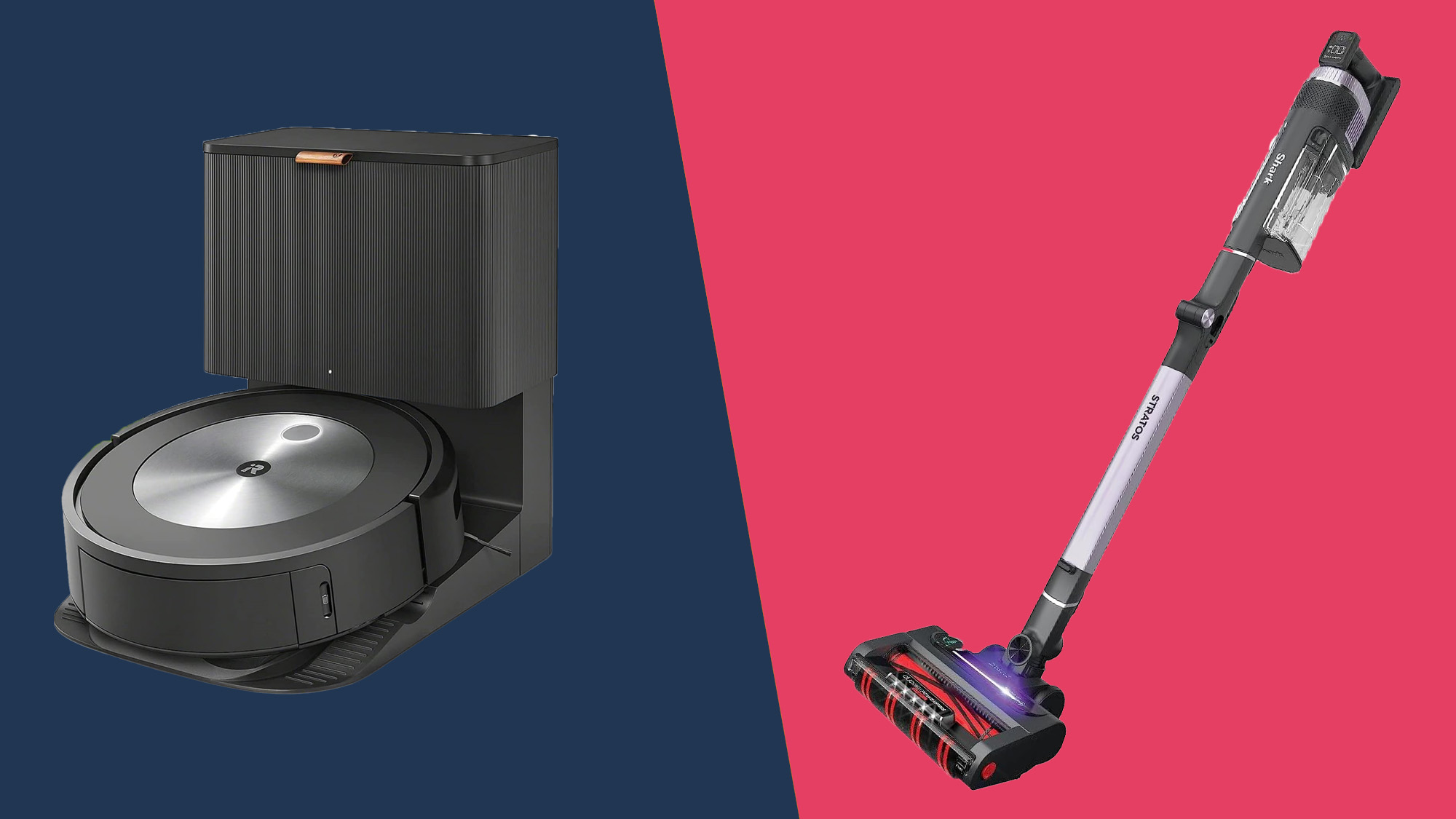
When it comes to comparing two types of the same appliance, such as robot vacuums vs cordless vacuums, a big part of what makes one better than the other often has more to do with the end user and their needs than whether one is empirically better. Otherwise, one category of vacuum would dominate and the other would disappear.
The best robot vacuums and the best cordless vacuums both have their place in the world. However, one is probably a better fit for you than the other as they excel in different areas and either make vacuuming more convenient or offer a deeper clean.
With that in mind, we compare these two types of vacuum cleaners to help shed some light on where they’re best used and what might be the best vacuum for you. Ideally, you would have one of each, but money doesn’t grow on trees and neither do vacuums.
Robot vacuum vs cordless vacuum: Price
The price range of these two products can be a little confusing, but that’s mostly due to the variety of robot vacuum offerings and how slimmed down or robust they can get. If you want just a basic robot vacuum, you’re looking at around $200 as an entry point. Consider the Eufy RoboVac 11S, which is very stripped down as there’s no app or voice control, but still will do what you want a robot vacuum to do - hands-free cleaning for just $219.99 / £189.99 / AU$229.
Of course, you can also spend over $1,000 on something like the iRobot Roomba J7 Plus (specifically $1,099.99 / £999 / AU$2,199) for a hands-free experience that vacuums and mops, has a self-emptying base station, and has app support. While expensive, you can just say a voice command or open an app to run the vacuum and not physically touch it for a month or two until the dust bag in the base station needs replacing.
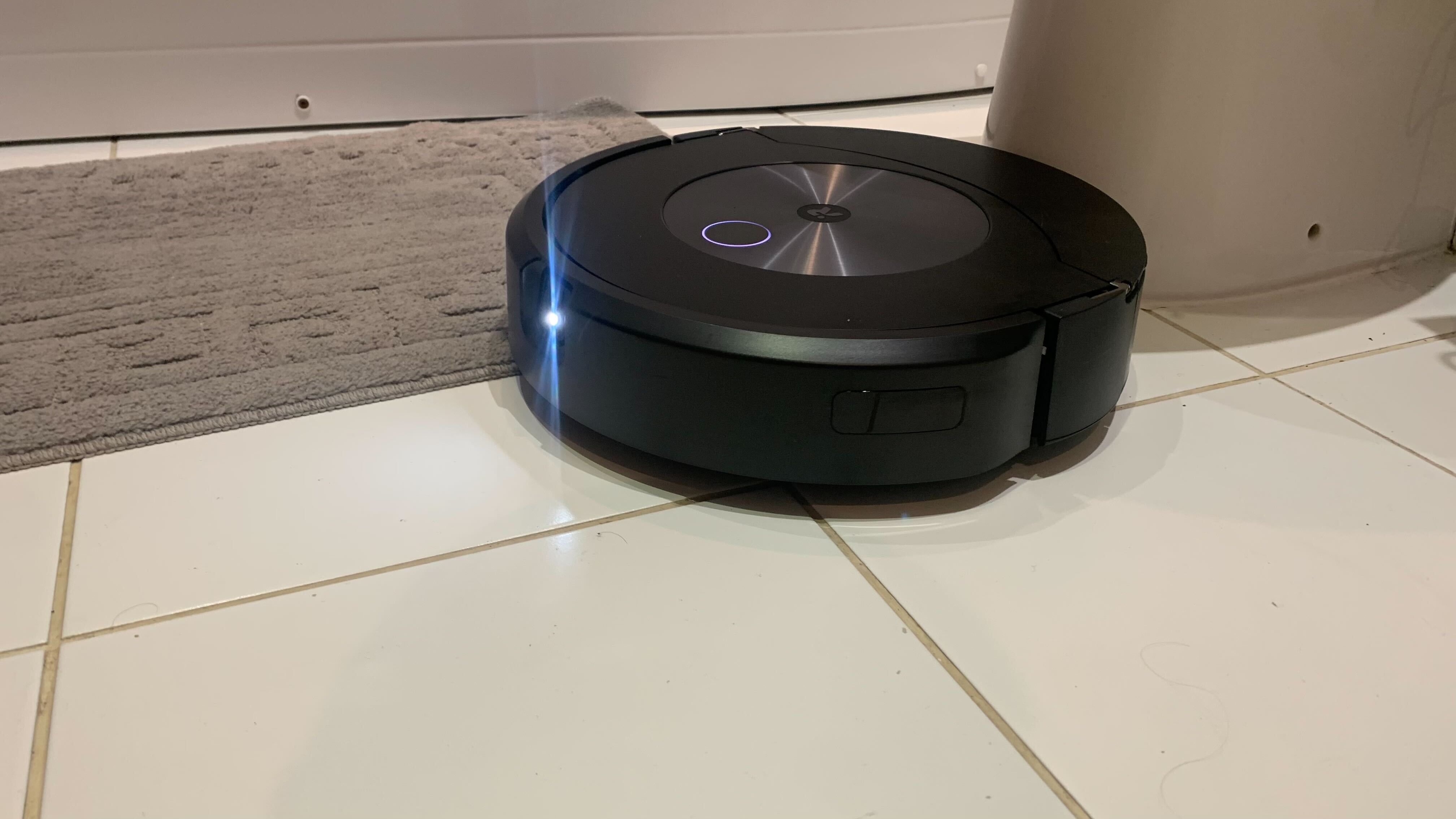
Cordless vacuum cleaners, on the other hand, have a much narrower price range. To start, you’re not going to find quite a wide range of features as the form factor limits how much you can add on. The Roidmi R10, our current budget pick, goes for $299 / £269 / AU$499, which is not quite bottom when it comes to cordless vacuums but is pretty close. It’s pretty straightforward but can be a bit loud and has a fairly small dustbin.
More premium models like the Dyson V15 Detect Absolute with its $699.99 / £599.99 / AU$1,399 price tag, are nowhere near as expensive as the top robot vacuums. The difference between the Dyson and Roidmi, or any flagship and budget cordless model, comes mostly down to performance and battery life, with feature set being much less important than on robot vacuums.
Sign up for breaking news, reviews, opinion, top tech deals, and more.
If you’re on a budget and can make the time to clean, your money will go farther with a cordless vacuum. However, if time is of the essence, your money is better spent on a robot vacuum.
- Winner: cordless vacuums, but only if you don’t care about robot vacuum features
Robot vacuum vs cordless vacuum: Design
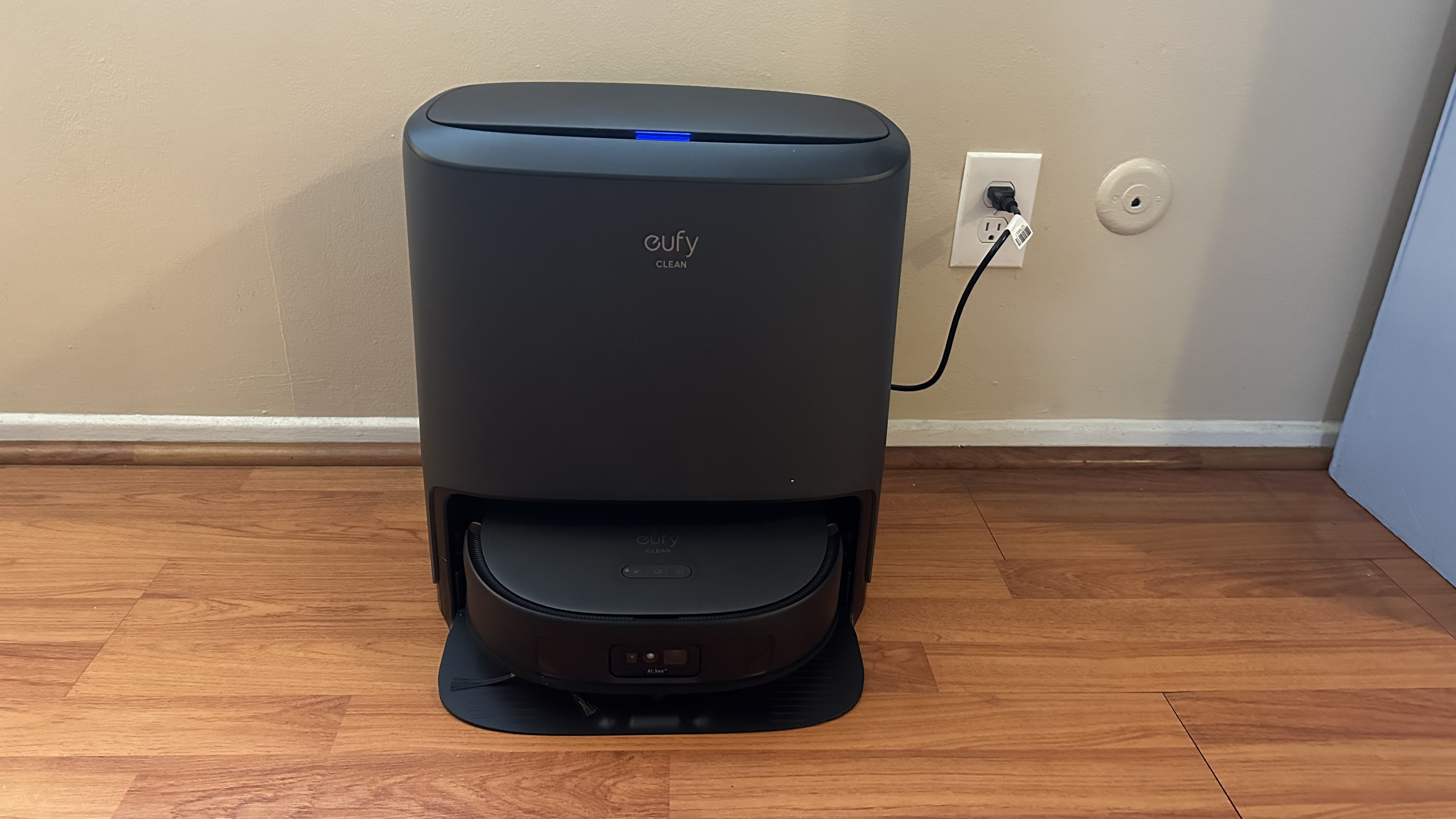
Robot vacuums are either round, square, or somewhere in between. Regardless, they’re low to the ground and function in an almost-sentient way. That’s because they have their own motor and GPS system, often assisted by LiDAR, to navigate your space without any assistance.
To clean, they employ a combination of one to two side brushes that will push debris to the front and one or two brushrolls underneath that pick up anything it goes over. You’ll also find plenty of models that use some kind of pad in the back to add mopping capability.
The most basic robot vacuums come with a stripped-down charging station where it will rest between cleanings. More advanced options might offer self-emptying capabilities to suck out whatever was vacuumed up in a dust bag that needs to be replaced only every month or two depending on use.
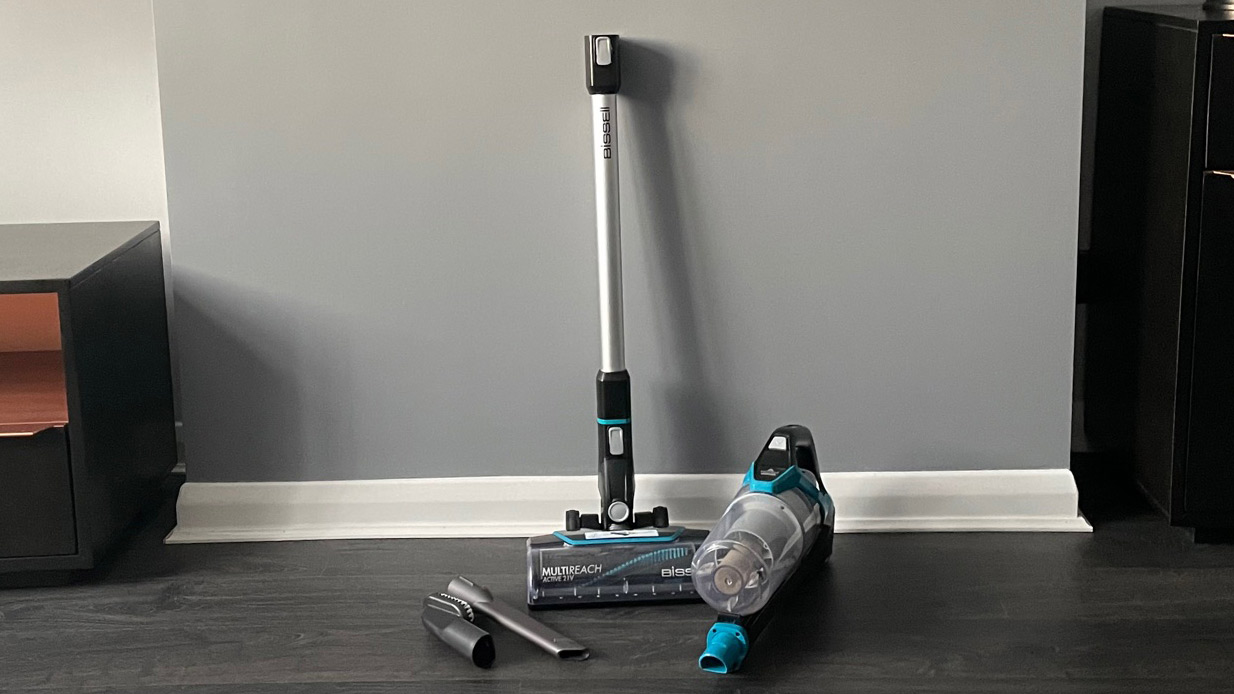
Cordless vacuums are much more traditional in that there’s a floorhead containing one or two brushrolls, an extension wand aka the stem, and the rest of the components on top. You’ll find the motor, battery, filter, handle, and controls here. Of course, as the name suggests, there’s no cord so you can use one without being tethered to the wall like a traditional vacuum.
These types of vacuums are also the most versatile as they can often be disassembled into a handheld for use in a car or with an extension to reach above or below furniture. They are the transformers of the vacuum world.
Like robot vacuums, they also come with a docking station. However, it’s installed on the wall so that you can hang the cordless vacuum on it when not in use.
- Winner: robot vacuum for convenience, cordless for versatility
Robot vacuum vs cordless vacuum: Performance

Robot vacuums are getting more powerful every day. And, some premium models are almost comparable to other types of vacuums in their suction power. However, they’re generally far from the most powerful options out there. They do a great job with dust, small debris, and depending on the model, pet hair. But, they struggle with larger pieces of trash (you’ll just have to pick up and toss them) and they’re not so good at getting into corners or edges.
Depending on the model, that side brush, which does a very important job of getting any dirt or debris from the side to the front of the vacuum where the brushroll will pick it up, can sometimes overcorrect or spit out dirt in the wrong direction so it can sometimes take a few passes on an area to get adequately clean. However, this is usually not much of an issue with better models.
Another thing to keep in mind is that while robot vacuums are getting better at avoiding obstacles, they’re not perfect. So, if you don’t prep your floor properly, you could come back to a robot vacuum stuck on a cord or toy, possibly out of battery if it’s been there for a while.
Cordless vacuums don’t have the autonomous operation of robot vacuums, but they have more suction power. They’re just as good at picking up dust, debris, and hair, especially if you get a model with some kind of anti-tangle tech in the brushroll, and can handle slightly larger particles.
They’re also generally lightweight and easy to use, so it’s not that big of a deal that you have to physically use it instead of just pressing a button on an app with a robot vacuum. Plus, there’s usually plenty of tilt and swivel in the floorhead so you can easily navigate under furniture. And, since you’re actively using the vacuum, you can easily avoid the obstacles that a robot vacuum can’t.
Additionally, cordless vacuums usually work very well as handhelds since they’re already decently powerful. If you need to clean out a car or couch cushion, you can use one of these instead of having a separate device.
- Winner: cordless vacuums
Robot vacuum vs cordless vacuum: Features
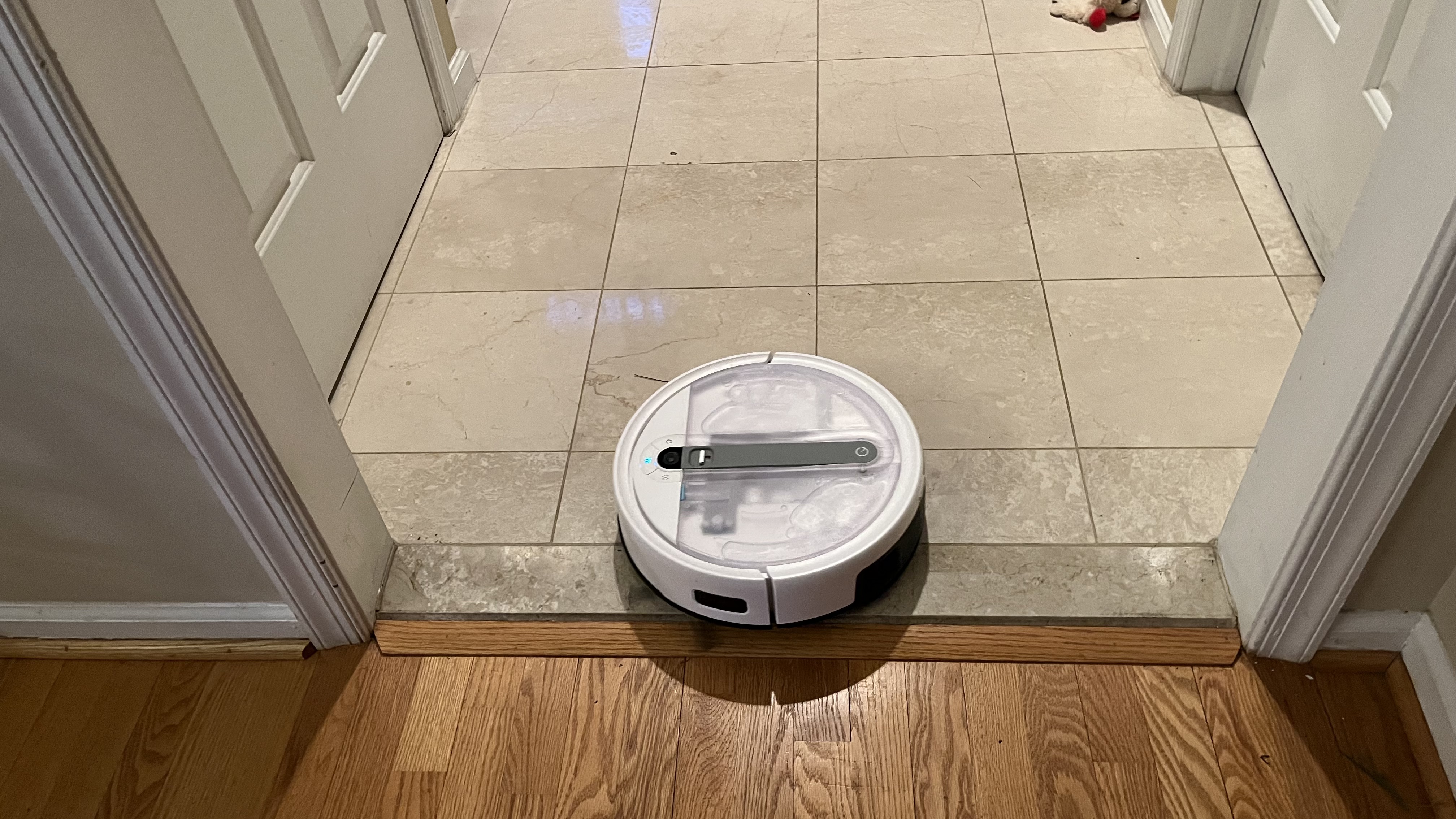
It’s in terms of features where robot vacuums are the clear winners. There are some things that cordless vacuums can do such as the ability to run at different multiple suction strengths, disengage the brushroll when on delicate surfaces, and use different attachments for different use cases.
But, robot vacuums can be scheduled to run every day even when you’re not home. Most of them have an app that you can pull up to either start a cleaning session or just clean a particular room or area, not to mention get a history of past cleanings as well as information on whether any parts need replacing. Some can even be used with a voice assistant.
On top of that, some more expensive robot vacuums also come with the ability to mop while vacuuming, something you won’t find in very many cordless vacuums. And, the ones that you don’t find like this, such as the Roborock Dyad Pro lose the lightweight and ability to transform into a handheld in exchange for the clean and dirty water tanks.
- Winner: robot vacuums
Robot vs cordless vacuums: Which is right for you?
Ideally, you would have both a robot vacuum and a cordless one at the ready. Robot vacuums save a lot of time as you just have to do some setup and then press a button in an app to run it. And, you don’t even have to do the last part if you’ve created a schedule for it to run on.
However, a cordless vacuum is going to offer a deeper clean. Not only do they have more suction but you can clean edges and corners in a way that a robot vacuum just can’t do as well as use them for other situations such as cleaning above, on, and below furniture, on stairs, and even in a car.
Just in terms of cleaning, the cordless vacuum comes out ahead. But, the convenience of a robot vacuum can’t be denied. If you already have a regular vacuum, get a robot. If you don’t have anything, get a cordless.
- Winner: cordless vacuums

James Holland loves checking out gadgets of all sorts, whether it's audio equipment, laptops, or vacuums (especially of the robot variety), and does so for a number of Future Publications including TechRadar, Top Ten Reviews, Homes & Gardens, and T3. He's built up an expertise for in-depth reviewing over the last four years. When he's not putting in the work on the latest tech, he loves to travel, play music, and eat questionable food.